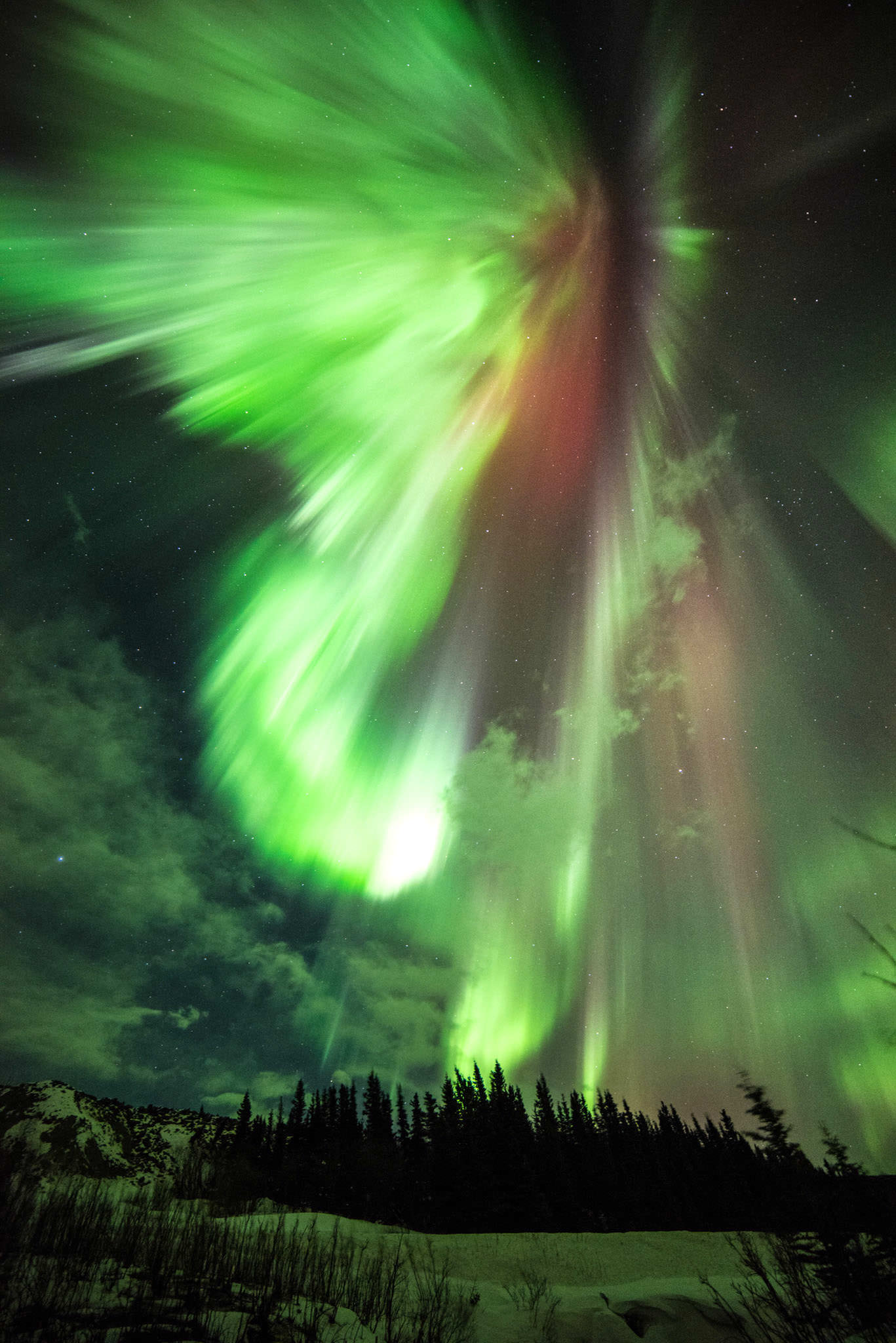A strong G3 geomagetic storm surged across the planet this morning producing a spectacular display of the northern lights. Some of you may who may have risen to see the new nova were no doubt as surprised as the NOAA space weather folks, whose overnight forecast did not include an alert for even a minor storm.
So what happened? Let’s just say the Sun isn’t always as predictable as we’d like. An interplanetary shock wave in the form of a sudden increase in the solar wind speed from 250 miles per second to 375 mph (400-600 km/sec) began blasting Earth shortly before midnight. It appears the combined effects of earlier coronal mass ejections (CMEs) and an outpouring of high-speed solar particles from a gaping hole in the Sun’s magnetic canopy crashed through Earth’s magnetic defenses.
Particle-wise, all hell broke loose. You can start looking for more as soon as it gets dark tonight.
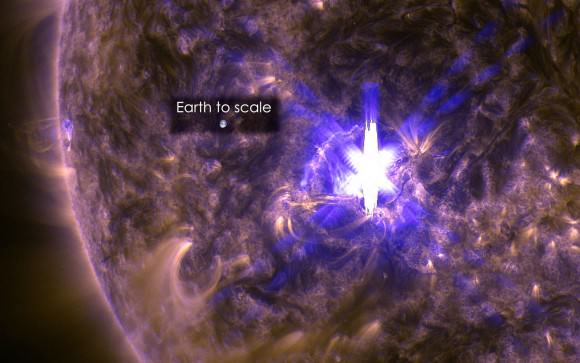
We know that recent flares from sunspot group 2297 have sent more than a few billows of solar particles our way called CMEs or coronal mass ejections. Weekend forecasts called for minor storms but little materialized. Only when we thought it was safe to go back to bed did the aurora pounce. Reading the magnetospheric tea leaves, better known as the Kp index, a measure of magnetic activity high overhead in Earth’s ionosphere, quiet conditions gave way to auroral abandon starting around 1 a.m (CDT) today.
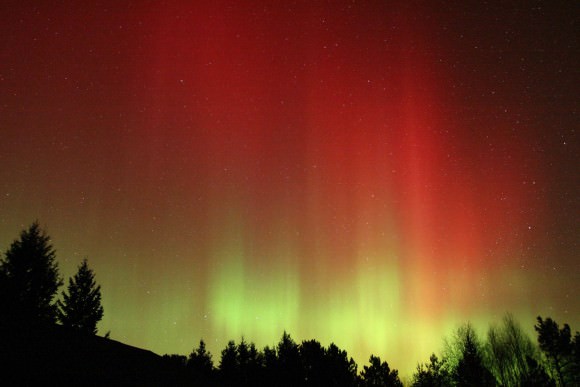
Like a spring grassfire the northern lights took off from there and burned till dawn, peaking between 2 and 4 a.m. Most of us are usually asleep during those deep hours of the night, but I’m hoping those who arose to see the nova or catch the lunar crescent at dawn may have been as surprised and delighted as I was to see auroras.
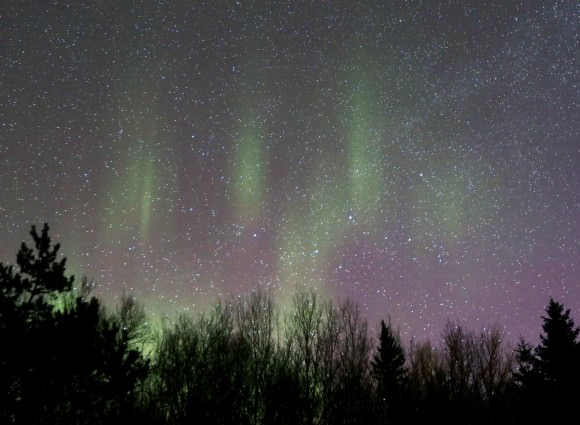
More are in the offing. The latest space weather forecast calls for continued severe storms (G3 or higher) to continue through tonight. G1 or minor storms are normally only visible as arcs or low rays across the north from the northern tier of states, but if tonight’s forecast holds, a fair portion of the U.S. should see auroras. Keep an eye peeled for bright, moving glow and arcs across the northern sky.
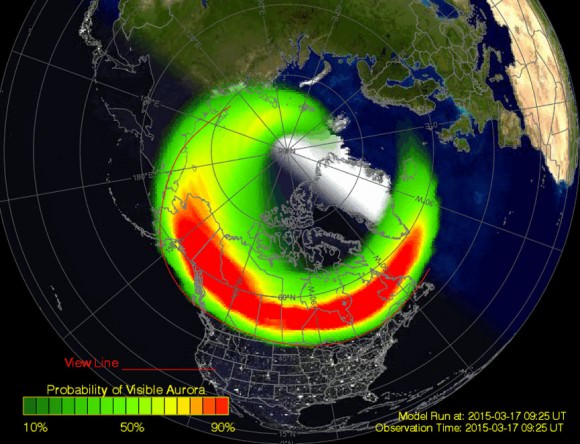
There are lots of tools available you can use yourself to know if auroras are lurking about. First, check the NOAA 3-day space weather forecast. There you’ll see a list of times along with a Kp index number indicating magnetic activity. Number “1-4” means no storm and little likelihood you’ll see an aurora. “5” indicates a minor storm; the higher the number the more severe the storm and more widespread the northern lights will be.
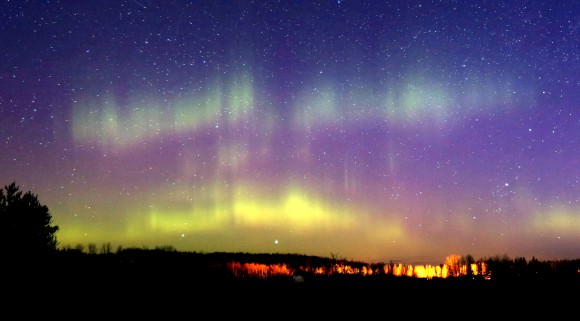
There’s also a nice visual representation of the numbers on the Planetary K-index site, where magnetic activity is updated every 3 hours. The dashed line on the bar chart represents 0 UT or 7 p.m. CDT. One of my favorites and the ultimate visual feast of an aurora indicator is NOAA’s Aurora 30-minute Forecast. Here you get a birds-eye representation of the current aurora based on satellite data. When the permanent auroral oval expands southward and intensifies, put on your coat and head out for a look. For education and entertainment, click on the gray arrow below the graphic and you’ll see a whole day’s worth of activity play out before your eyes. Totes cool.
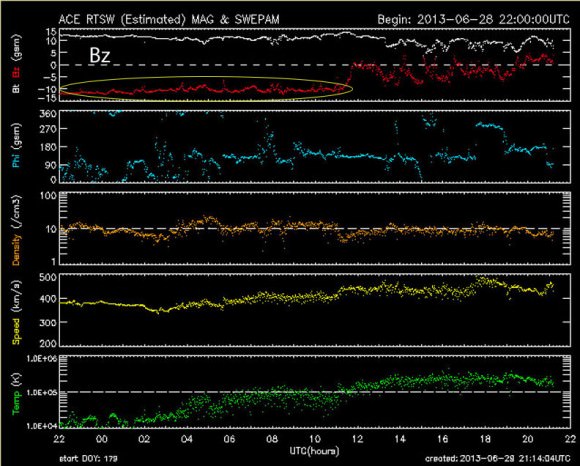
I’m also in big believer in the the Advanced Composition Explorer (ACE) Bz plot. Bz is the direction of the embedded solar magnetic field that gift-wraps the streams of high-speed particles sent our way by the Sun. Like a magnet, it has a south pole and a north pole. When the south pole of the field sweeps by – what scientists call a negative Bz – the blast is more likely to link up with Earth’s magnetic field and spark auroras. When you see the Bz “head south” to -5 or lower, there’s a chance for auroras.
Now that you’re armed with information, cross your fingers all the indicators will point in the right direction for the aurora to continue tonight. And yes, Happy St. Patrick’s Day!
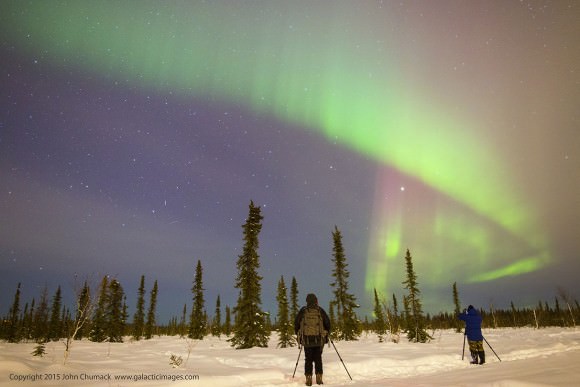
UPDATE: The storm continues and is now rated G4 or severe as of 10 a.m. CDT. Lucky for you if you live somewhere where it’s dark right now.

